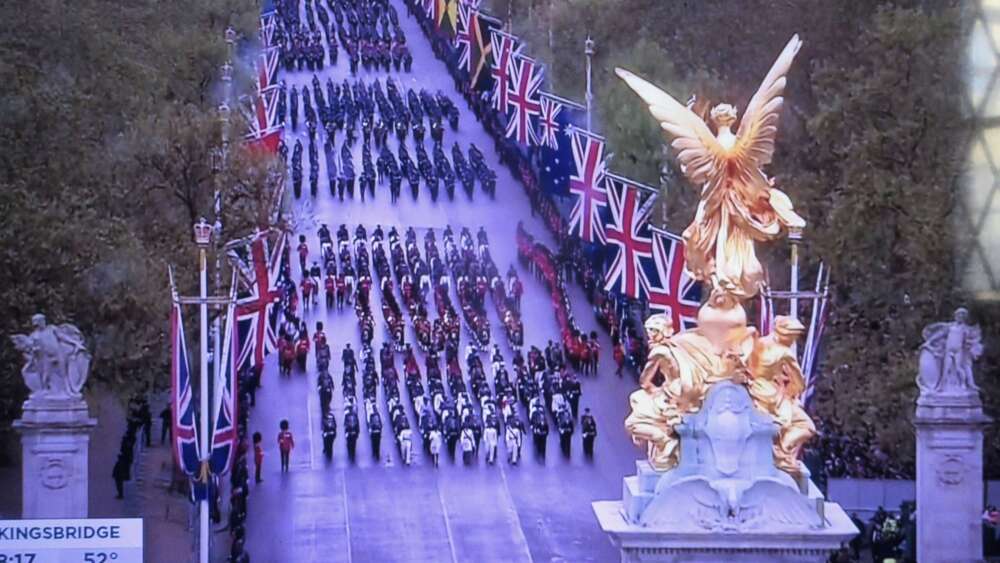The solemn promises laid on a king under leaden skies
The bunting and flags had been up in London for days. At Waterloo train station were giant banners hanging from the ceiling marking the date of the coronation of King Charles III.
On Saturday morning, his majesty’s voice came over the station’s PA system wishing us a happy coronation weekend and kindly reminding us to “mind the gap”.
It was a soggy day in London for the King’s Coronation. My family and I braved the grey skies and persistent drizzle and headed to Hampton Court Palace, where the coronation, with all its pomp and ceremony, was shown on a big screen on the palace grounds.
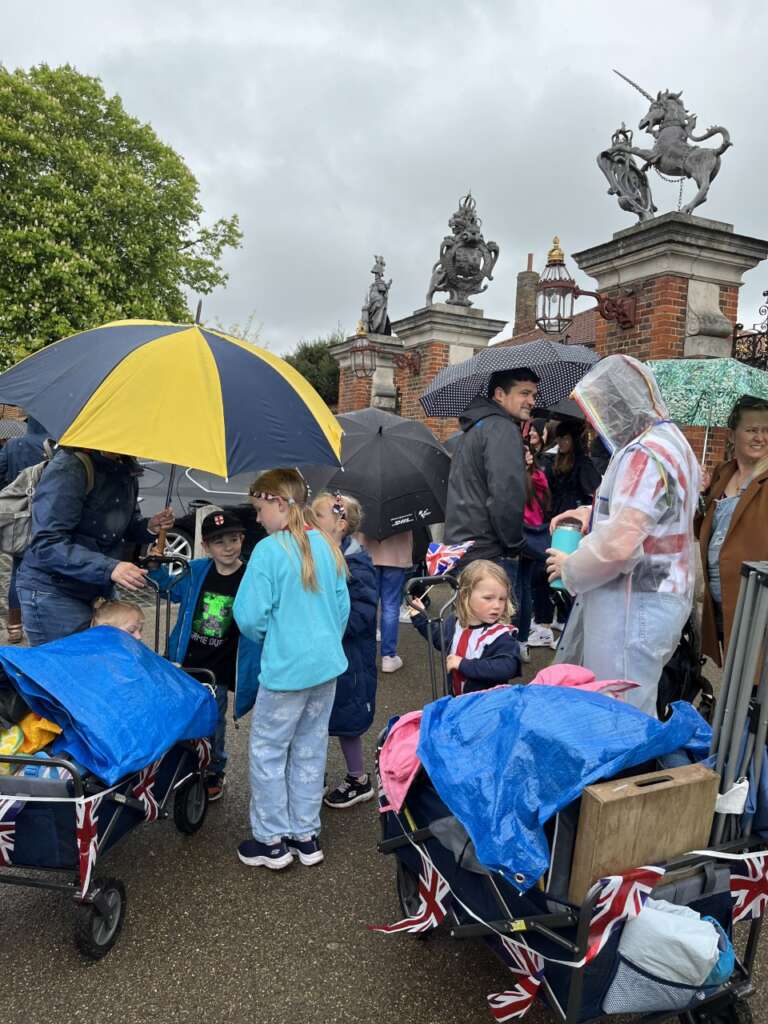 A small but determined crowd slowly filled the East Front Gardens. Some seemed to be tourists, but many were British. They loved their country, respected the monarchy, and they were not going to be deterred by a bit of rain. They came with umbrellas and raincoats, ready for whatever the weather would hurl at them.
A small but determined crowd slowly filled the East Front Gardens. Some seemed to be tourists, but many were British. They loved their country, respected the monarchy, and they were not going to be deterred by a bit of rain. They came with umbrellas and raincoats, ready for whatever the weather would hurl at them.
When the procession from Buckingham Palace to Westminster Abbey began, and we caught sight of King Charles III and his Queen Consort, a small cheer went up from the crowd. I haven’t been much of a royal watcher, but I liked that the modern carriage they were in was made in Australia – something the BBC commentators noted.
As important people slowly entered Westminster Abbey, I couldn’t help feeling the weight of tradition and history. And how Jesus and his gospel, or rather, his church, had been part of this country for a long time. For the past nine centuries, the coronation of a new monarch has almost always taken place in that grand building.
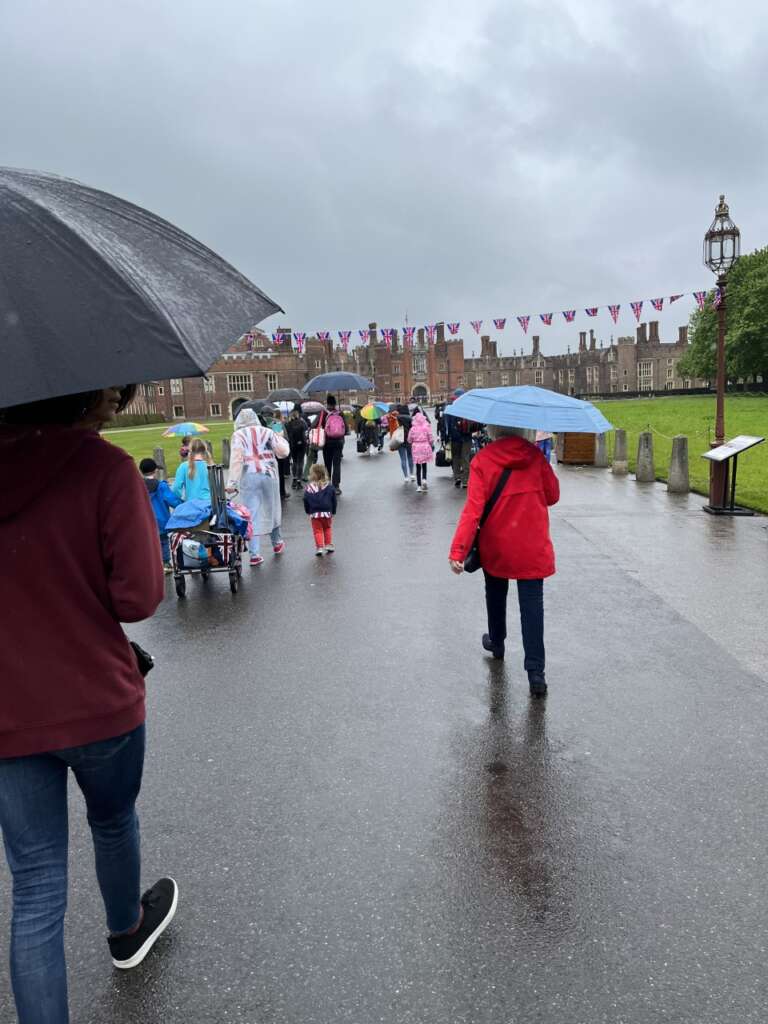 It’s a rocky time for the Church of England. The recent statement from GAFCON showed the growing rift between the home of Anglicanism and the rest of the Anglican communion around the world.
It’s a rocky time for the Church of England. The recent statement from GAFCON showed the growing rift between the home of Anglicanism and the rest of the Anglican communion around the world.
But on this rain-sodden day, in the middle of a 300-year-old palace garden, few seemed to care. We were here to see history in the making. To celebrate tradition and watch a king crowned before the entire world.
“King Charles looks permanently sad,” offered our teenage son.
“I think he’s solemn because of the promises he is making today,” I responded.
It seemed such a difficult road, fraught with sacrifice and suffering, played out before nations.
They were huge promises. With every piece of royal regalia that was presented to the King, came responsibility. He was called to be a brave advocate for those in need; resist evil and defend the good; help widows and orphans; restore the decaying; protect the holy church of God. The list went on.
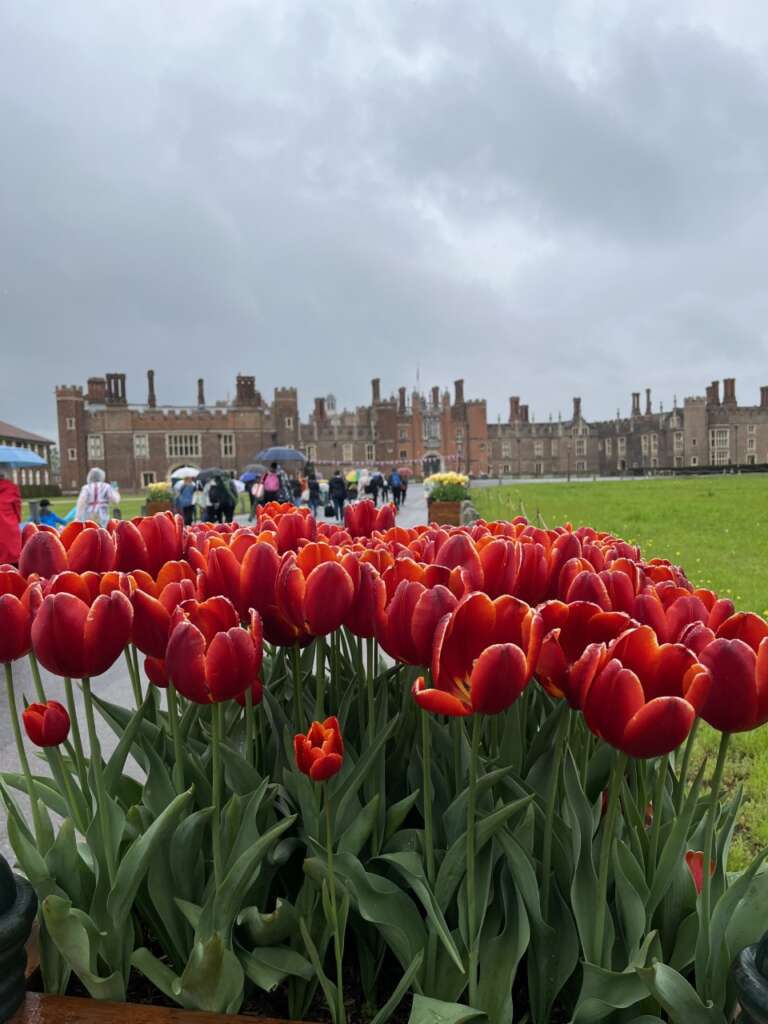 It seemed almost too much for one human man, flawed as we all are, to bear. Yet that was what King Charles III promised today. He’s come to serve, he said, not to be served.
It seemed almost too much for one human man, flawed as we all are, to bear. Yet that was what King Charles III promised today. He’s come to serve, he said, not to be served.
With that, he was declaring before the watching world that he was going to carry his cross and follow in the footsteps of Jesus who said “For even the Son of Man did not come to be served, but to serve, and to give his life as a ransom for many.” Mark 10:45 (NIV)
It seemed such a difficult road, fraught with sacrifice and suffering, played out before nations. So I prayed for King Charles III – something I never thought I’d do back in Australia.
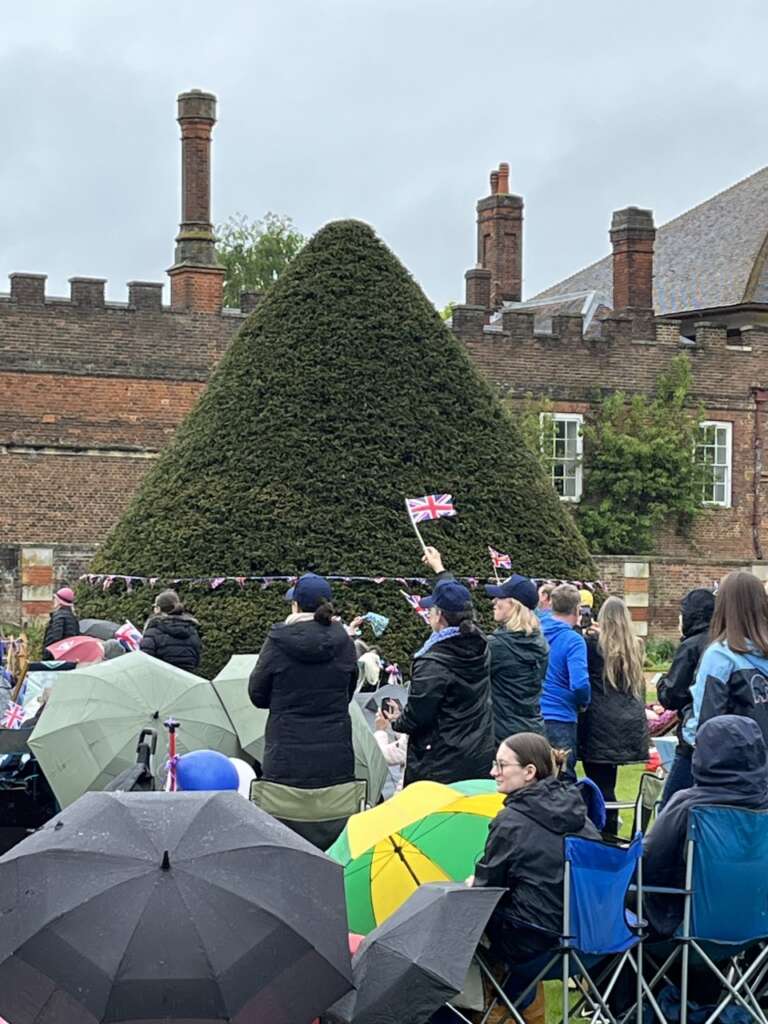 I prayed that God will show mercy upon him, that he will not forsake him, and when troubles come his majesty, will turn to Jesus and find solace in Him.
I prayed that God will show mercy upon him, that he will not forsake him, and when troubles come his majesty, will turn to Jesus and find solace in Him.
God save the King indeed.
A great cheer went up when St Edward’s Crown, made for the coronation of Charles II in 1661, was placed upon King Charles III. The original medieval crown was melted down in 1649. That one, they say, dated back to the 11th-century royal saint, Edward the Confessor – the last Anglo-Saxon king of England.
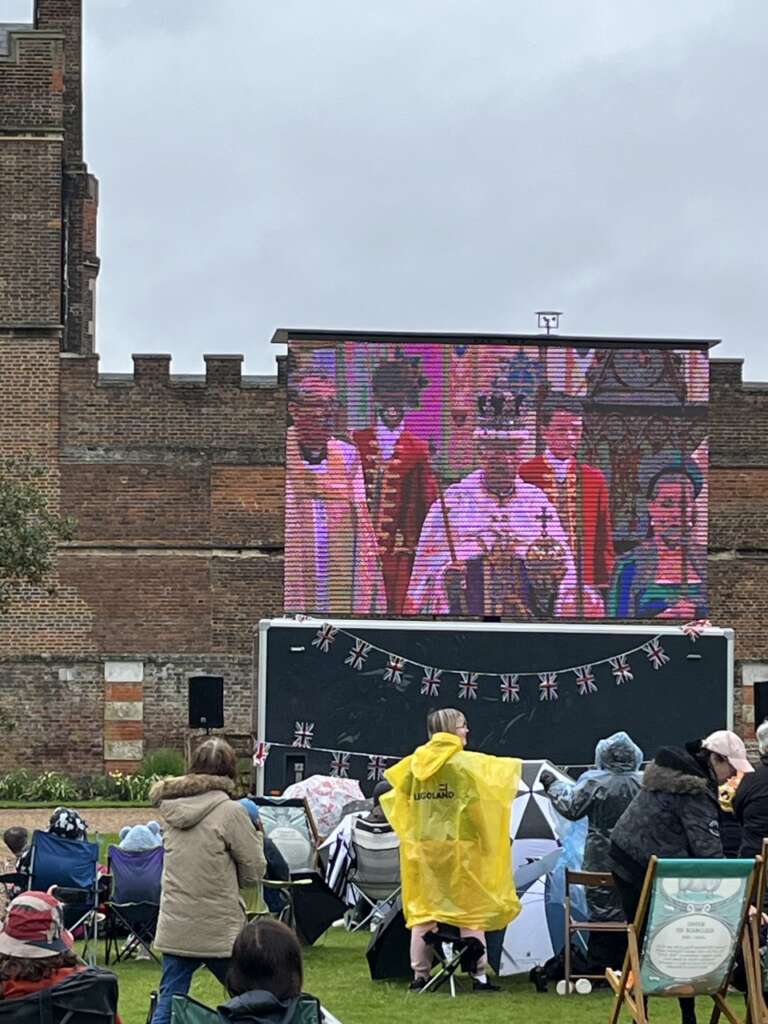 This was the moment for the waiting crowd. The damp, grey skies, wet bottoms, and soaked blankets were all for this moment. Flags waved. People stood. Children danced.
This was the moment for the waiting crowd. The damp, grey skies, wet bottoms, and soaked blankets were all for this moment. Flags waved. People stood. Children danced.
Soon afterwards, people around us began packing up their belongings and started to make their way home. We did the same.
“Hey, let’s stop by the palace gift shop,” my husband said. “We’ve got to get something to mark the occasion!”
Email This Story
Why not send this to a friend?
